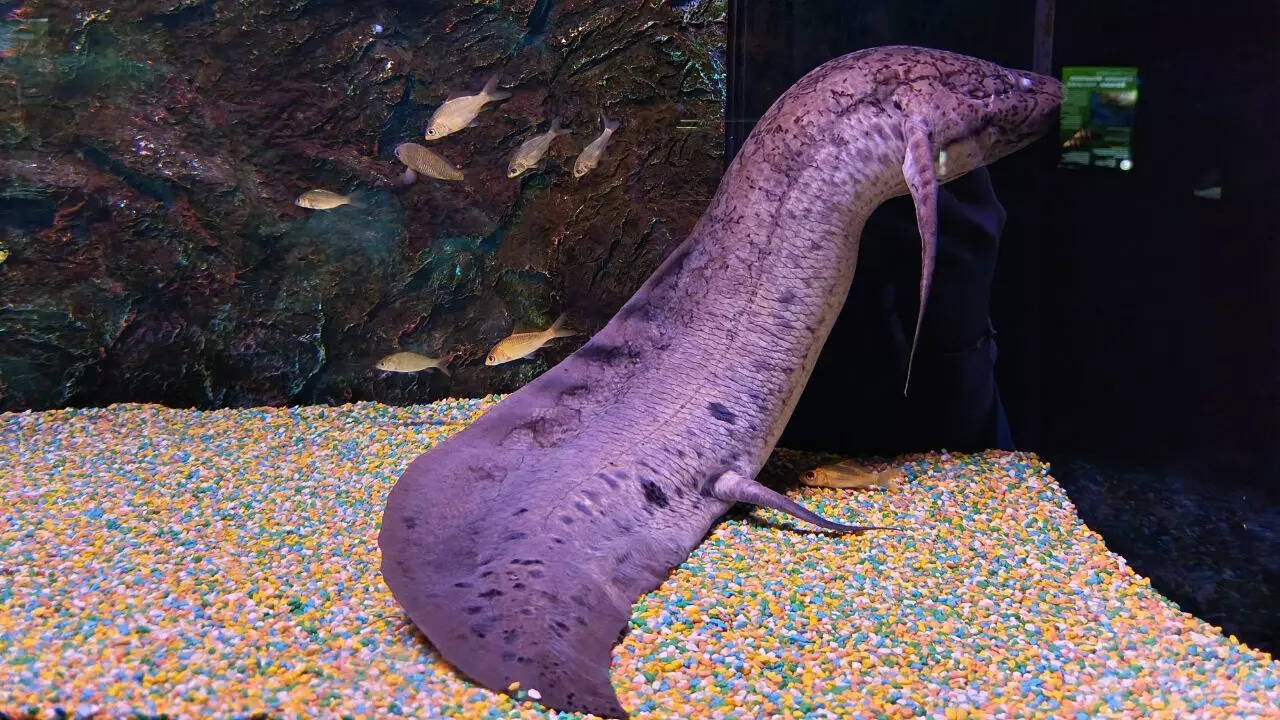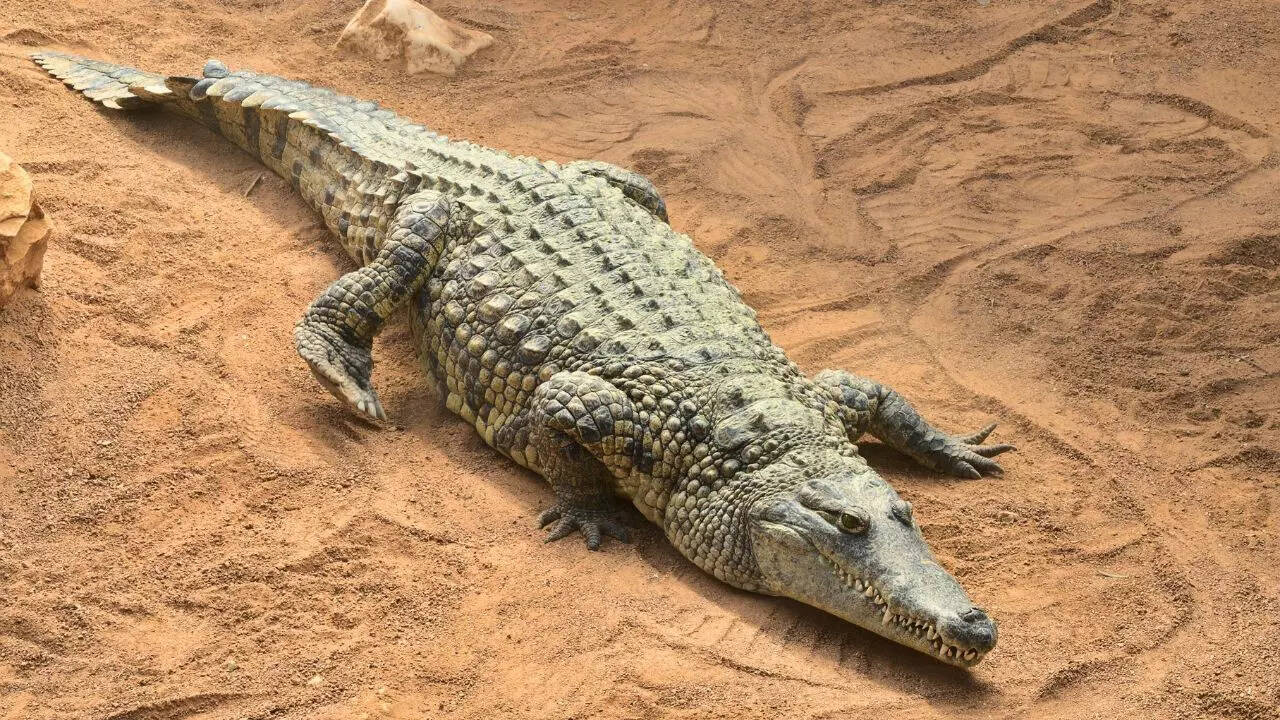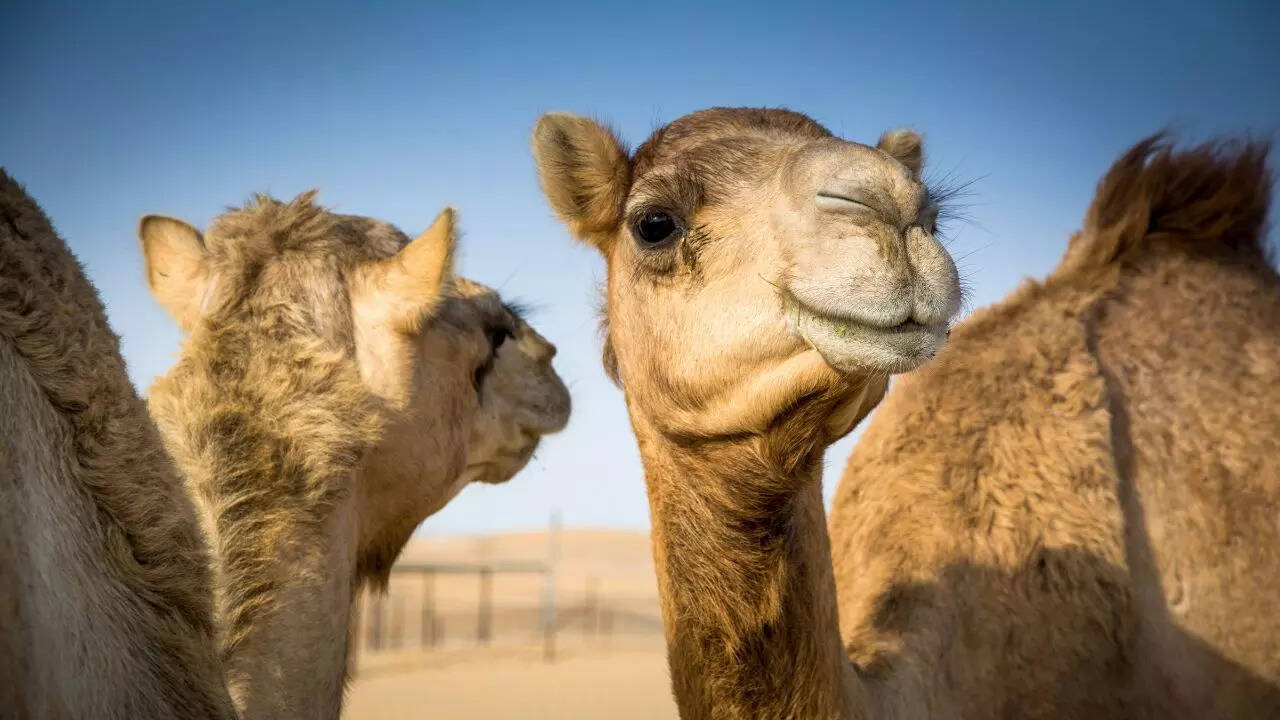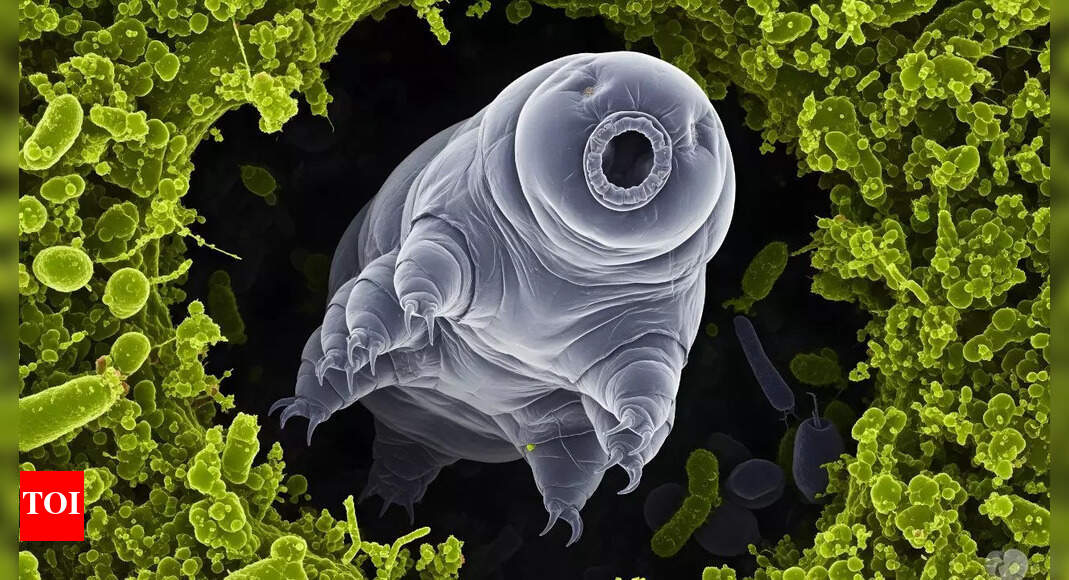 Some animals push the limits of survival in ways that almost defy biological expectation. They endure temperatures that melt metal, pressures that would crush deep-sea vessels, radiation levels lethal to humans, and environments so dry or oxygen-starved that life should be impossible. Yet these species not only persist, they function with remarkable stability, offering scientists a rare window into the mechanics of resilience. Their extreme adaptations are increasingly relevant as researchers explore how life responds to planetary change, deep-sea exploration, rising global temperatures and even the search for organisms that could survive beyond Earth. These creatures reveal how evolution shapes bodies capable of resisting challenges far harsher than anything humans experience.
Some animals push the limits of survival in ways that almost defy biological expectation. They endure temperatures that melt metal, pressures that would crush deep-sea vessels, radiation levels lethal to humans, and environments so dry or oxygen-starved that life should be impossible. Yet these species not only persist, they function with remarkable stability, offering scientists a rare window into the mechanics of resilience. Their extreme adaptations are increasingly relevant as researchers explore how life responds to planetary change, deep-sea exploration, rising global temperatures and even the search for organisms that could survive beyond Earth. These creatures reveal how evolution shapes bodies capable of resisting challenges far harsher than anything humans experience.
How these 7 animals survive the impossible
1. TardigradesTardigrades remain the most widely studied extremotolerant organisms. Research published in Current Biology demonstrated that members of this phylum can tolerate not only vacuum conditions but also intense cosmic radiation. Their cells enter a suspended animation state known as cryptobiosis, where metabolism falls to undetectable levels. Other work, including the Nature study “Extremotolerant Tardigrade Genome and Enhanced DNA Protection”, shows that these animals rely on specialised proteins that preserve DNA against fragmentation. The combination of vitrified cell interiors, protective proteins and metabolic shutdown enables tardigrades to endure conditions ranging from boiling temperatures to near absolute zero while reviving when moisture returns. 2. African LungfishAfrican lungfish demonstrate the ability to persist through severe drought by entering extended torpor. A study published in Applied Microscopy documents how these fish secrete mucus that hardens into a protective cocoon, allowing them to breathe air through a small opening while buried in dried mud. Their metabolism slows dramatically, relying on stored proteins for energy. Additional context explains how lungfish downregulate enzyme activity and reduce cellular turnover to conserve resources for months, and in extreme cases years, until rainfall replenishes their habitat. This strategy enables survival where aquatic life would otherwise be impossible.
2. African LungfishAfrican lungfish demonstrate the ability to persist through severe drought by entering extended torpor. A study published in Applied Microscopy documents how these fish secrete mucus that hardens into a protective cocoon, allowing them to breathe air through a small opening while buried in dried mud. Their metabolism slows dramatically, relying on stored proteins for energy. Additional context explains how lungfish downregulate enzyme activity and reduce cellular turnover to conserve resources for months, and in extreme cases years, until rainfall replenishes their habitat. This strategy enables survival where aquatic life would otherwise be impossible. 3. CockroachesCockroaches have long been associated with durability, but research gives structure to their reputation. A study published in Current Opinion in Insect Science highlights how their tracheal system allows oxygen delivery even when the body experiences compression or injury. Their decentralised nervous system also provides an unusual survival advantage, which explains how neural ganglia distributed along the body coordinate basic functions even when the head is removed. Their exoskeleton distributes force efficiently, their immune responses are rapid, and their reproductive cycles remain stable under variable temperatures, contributing to their ability to flourish in demanding environments.
3. CockroachesCockroaches have long been associated with durability, but research gives structure to their reputation. A study published in Current Opinion in Insect Science highlights how their tracheal system allows oxygen delivery even when the body experiences compression or injury. Their decentralised nervous system also provides an unusual survival advantage, which explains how neural ganglia distributed along the body coordinate basic functions even when the head is removed. Their exoskeleton distributes force efficiently, their immune responses are rapid, and their reproductive cycles remain stable under variable temperatures, contributing to their ability to flourish in demanding environments. 4. Wood FrogsThe wood frog presents a rare example of vertebrate freeze tolerance. A research published in Physiological Reviews describes how these frogs halt their heartbeat and cease breathing when temperatures fall below freezing. Ice forms outside their cells, but glucose and urea flood internal tissues to prevent intracellular crystallisation. These cryoprotective mechanisms stabilise cells during winter hibernation. When temperatures rise, the frogs thaw gradually, restoring circulation and organ function without sustaining major tissue damage, a process that continues to inform cryobiology research.
4. Wood FrogsThe wood frog presents a rare example of vertebrate freeze tolerance. A research published in Physiological Reviews describes how these frogs halt their heartbeat and cease breathing when temperatures fall below freezing. Ice forms outside their cells, but glucose and urea flood internal tissues to prevent intracellular crystallisation. These cryoprotective mechanisms stabilise cells during winter hibernation. When temperatures rise, the frogs thaw gradually, restoring circulation and organ function without sustaining major tissue damage, a process that continues to inform cryobiology research. 5. CrocodilesCrocodiles exemplify survival through structural strength and physiological stability. A study published in Comparative Biochemistry and Physiology demonstrates that crocodilian blood contains potent antimicrobial compounds capable of neutralising bacteria that are resistant to many antibiotics. Their immune system, shaped by millions of years in microbe-rich wetlands, provides robust protection from infection. Complementing this is their tough osteoderm armour, which shows how bony plates beneath the skin absorb impact and regulate heat. Together, these attributes allow crocodiles to recover from serious injuries, survive prolonged fasting and persist in fluctuating environmental conditions.
5. CrocodilesCrocodiles exemplify survival through structural strength and physiological stability. A study published in Comparative Biochemistry and Physiology demonstrates that crocodilian blood contains potent antimicrobial compounds capable of neutralising bacteria that are resistant to many antibiotics. Their immune system, shaped by millions of years in microbe-rich wetlands, provides robust protection from infection. Complementing this is their tough osteoderm armour, which shows how bony plates beneath the skin absorb impact and regulate heat. Together, these attributes allow crocodiles to recover from serious injuries, survive prolonged fasting and persist in fluctuating environmental conditions. 6. CamelsCamels withstand desert environments through a combination of physiological and anatomical adaptations. A study published in International Journal of Zoology Studies details how these animals regulate water distribution through unique red blood cell shapes that expand without rupturing during dehydration. Their sinus tissues cool inhaled air, reducing moisture loss, while their thick coats insulate them from intense solar radiation. Additionally, camels maintain stable internal temperatures by storing heat in their bodies during the day and releasing it gradually at night. This controlled thermoregulation supports endurance in environments where water and shade are scarce.
6. CamelsCamels withstand desert environments through a combination of physiological and anatomical adaptations. A study published in International Journal of Zoology Studies details how these animals regulate water distribution through unique red blood cell shapes that expand without rupturing during dehydration. Their sinus tissues cool inhaled air, reducing moisture loss, while their thick coats insulate them from intense solar radiation. Additionally, camels maintain stable internal temperatures by storing heat in their bodies during the day and releasing it gradually at night. This controlled thermoregulation supports endurance in environments where water and shade are scarce. 7. AntsAnts rely on social organisation and structural coordination to endure extremes. A study published in PNAS shows how colonies interlock their bodies to form floating structures that withstand flooding for extended periods. Their navigation abilities in hot environments are supported by sophisticated visual and thermal cues that allow certain species to travel across scorching sand while avoiding lethal overheating. By combining cooperative behaviour with sensory precision, ants persist in conditions that challenge many solitary organisms.
7. AntsAnts rely on social organisation and structural coordination to endure extremes. A study published in PNAS shows how colonies interlock their bodies to form floating structures that withstand flooding for extended periods. Their navigation abilities in hot environments are supported by sophisticated visual and thermal cues that allow certain species to travel across scorching sand while avoiding lethal overheating. By combining cooperative behaviour with sensory precision, ants persist in conditions that challenge many solitary organisms. Also Read | Why the cane toad is the world’s most invasive species disrupting ecosystems worldwide
Also Read | Why the cane toad is the world’s most invasive species disrupting ecosystems worldwide

